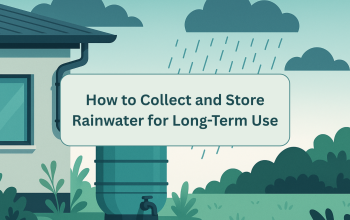How to Survive a Nuclear Fallout: Step–by–Step Guide
Imagine the sky lights up with a blinding flash—a nuclear explosion has just occurred. In that moment, your survival depends on swift, decisive action. A nuclear fallout doesn’t just bring destruction; it unleashes invisible, deadly radiation that poisons everything it touches—air, water, food, and land. At Survival Siren, we believe knowledge is your greatest weapon. This step-by-step guide will walk you through how to protect yourself, find shelter, and secure resources to outlast the chaos of a nuclear fallout. Preparation isn’t optional—it’s your lifeline.
Why Nuclear Preparedness is Essential
Nuclear disasters aren’t just movie plots—they’re real risks that demand readiness. Here’s why you can’t afford to skip this:
Being prepared isn’t paranoia; it’s power. Let’s break down the steps to survive.
1. Immediate Actions After a Nuclear Explosion
The first moments after a nuclear blast are a race against radiation exposure. Here’s what to do when you see the flash or hear the boom:
Find Immediate Shelter (First 10 Minutes)
Reduce Radiation Exposure (First 30 Minutes)
Quick Tip: If you’re in a vehicle, stop, roll up windows, and kill the vents—it’s not perfect, but it buys you time.
2. Surviving the First 72 Hours
The initial three days are the deadliest—radiation peaks and danger lurks everywhere. Here’s how to stay alive:
Staying Indoors & Shielding
Food and Water Safety
Survival Hack: Short on water? After 48 hours, collect rainwater in clean containers—radiation levels drop significantly by then.
3. Essential Survival Gear for Nuclear Fallout
Your emergency kit is your shield against the chaos. Here’s what you need to weather a nuclear fallout:
Protective Gear
Emergency Supplies
Budget Option: Can’t splurge on a Geiger counter? A basic dosimeter tracks your exposure over time affordably.
4. When and How to Evacuate
Radiation fades over time, but timing your escape is critical—too early, and you’re exposed; too late, and resources dwindle. Here’s the plan:
Determining Safe Evacuation Timing
Best Practices for Evacuation
Key Note: Only evacuate if your shelter fails or authorities greenlight it—moving prematurely could be fatal.
5. Long–Term Survival Strategies
When the fallout stretches into weeks or months, you’ll need to adapt. Here’s how to thrive:
Decontamination Practices
Sustainable Food and Water Sources
Pro Tip: Learn to identify safe wild plants, but only forage with a radiation detector in hand.
Frequently Asked Questions (FAQs)
1. How long does nuclear radiation last?
Radiation plummets after two weeks, but some zones stay dangerous for months or years, depending on the blast’s scale.
2. Can I drink tap water after a nuclear blast?
Not unless it’s tested and cleared. Use bottled water or purified rainwater collected after the initial fallout settles.
3. What’s the best shelter against nuclear fallout?
Underground bunkers or thick-walled concrete buildings win—maximize layers between you and the outside.
Conclusion
Surviving a nuclear fallout demands quick thinking, solid shelter, and smart planning. From sealing yourself in during the first frantic hours to building a sustainable life weeks later, every move counts. At Survival Siren, we’re committed to equipping you with the tools and know-how to face the worst. Don’t leave it to chance—start your nuclear survival prep now.
☢️ Have you got a nuclear survival plan ready? Drop your thoughts in the comments below!



